An Impressive Journey Through Time in the History of Hamadan
.jpeg)
- ThemeArchitecture/ Museum/ Eastern Bazaar
- CodeIRRS51
- Duration2 hr(s) and 45 min(s)
- Best TimeSPRING
Walking along the roofed traditional bazaar of Hamadan. It dates back to the Qajar era;
Visiting one of the most respected pilgrimage sites of Jews in Iran;
Visiting the mausoleum of Avicenna constructed in 1954 on a Qajarid structure;
Watching the ancient stone lion statue located in the end of Shir Sangi Street of Hamadan since 1949.
Photos of the An Impressive Journey Through Time in the History of Hamadan
Explore The Route
An Impressive Journey Through Time in the History of Hamadan
In every chapter of the history of Iran, Hamadan has been present and has received a title; the capital city, the junction of cross-continental trade routes, the birthplace of notable poets, the resting place of important scientists, etc. Visit the Bazaar of Hamadan where you can see a historical structure which was an important trading hub along popular trade routes back in time, living its last days. Then visit the Tomb of Esther and Mordechai, where the body of Esther, wife of the Achaemenid King, Xerxes, is buried. The Avicenna Mausoleum comes next, where the body of the 10th century Iranian polymath has been returned to the earth. The last location on this route is Shire Sangi or Sange Shir (meaning a stone lion or lion stone). By its very existence, the Shire Sangi sums up the long history of Hamadan, since it has been reportedly installed in the ancient times, and the people of Hamadan have revered it as an integral part of the city by considering it as their lucky charm.
Highlights
Duration : 1 hr(s)
Point Type: STARTING
The
Historically, the bazaars and market places have been considered as the most important axes and communication hubs of the cities. People from different neighborhoods of the town either worked in the bazaar or frequented it; as such, the bazaar became a unit were people from different places of the town came together. Over the years, they have seen the most active hustle and bustle in the cities, where not only money was exchanged for goods, but also the news was communicated since in the past the news was mainly communicated orally. The bazaars were decorated with lights for national as well as religious celebrations and closed down for mourning. Also, the merchants used to shu...
Duration : 30 mins
Point Type: STOP OVER
Esther and Mordecai Shrine
This resting place of two biblical figures, Esther and Mordecai, has been considered as a holy place for Jews since thousands years ago. It is recorded that 50,000 Jews were living in Hamadan when Esther and Mordecai were buried there. This shrine has been one of the reasons for the inhabitation of Jews in Hamadan, and it is still a pilgrimage for them. At the end of each year, Jewish pilgrims come to this mausoleum to celebrate the feast of Purim (14th of Adar). The main purpose for this feast is to commemorate the day when their Jewish ancestors were rescued from ...
Duration : 1 hr(s)
Point Type: STOP OVER
Abu Ali Sina, better known as Avicenna in the world, was the significant 11th-century thinker who had a great account in philosophy, logic, mathematics, astronomy, and geometry. His very book, Canon, on medicine, has been regarded as the most significant scientific book in the field of medicine until the 17th century. As a medical textbook in Europe and the Islamic world, Canon is still being used as a reference book by many scientists.
Avicenna’s mausoleum is the iconic structure of Hamedan, located in an eponymous street. Avicenna’s student and friend, Abu Saeed Dokhduk, used to live in a house located on this street. After Avicenna’s death, he was finally burie...
Duration : 15 mins
Point Type: ENDING
Shir Sangi (Stone Lion)
Since pre-historic times, Lion has been associated with different symbolic meanings in Persian culture. Being the symbol of power and royalty, the motif of a lion has been frequently used in monuments surviving from Elamite, Median, and Achaemenid eras. The lion statue of Hamadan is one of the oldest examples of lion statues used in Iran since ancient times testifying to the rich history of this city.
The 3.56-meter stone-carved statue represents a male couchant lion with a large head and curly mane. It was originally placed at the gate of Hamadan, once known as Bab-...
Important Information
Cost Info
- Bazaar of Hamadanfree
- Tomb of Esther and Mordechai2 €
- Avicenna Mausoleum3 €
- Shir Sangi (Stony Lion)free
- Destination
- Transportation Type
- Transportation Fee---
Additional Info
If you have enough time, take a look at Hamam-e Qal'eh, a Qajarid structure which hosts the Museum of Anthropology. It is located near the Tomb of Esther and Mordechai (on the east side).
On the way from Avicenna Mausoleum to Shir Sangi Street, first visit the Qorban historical tower. It is a dodecagonal brick tower built in the 13th century.
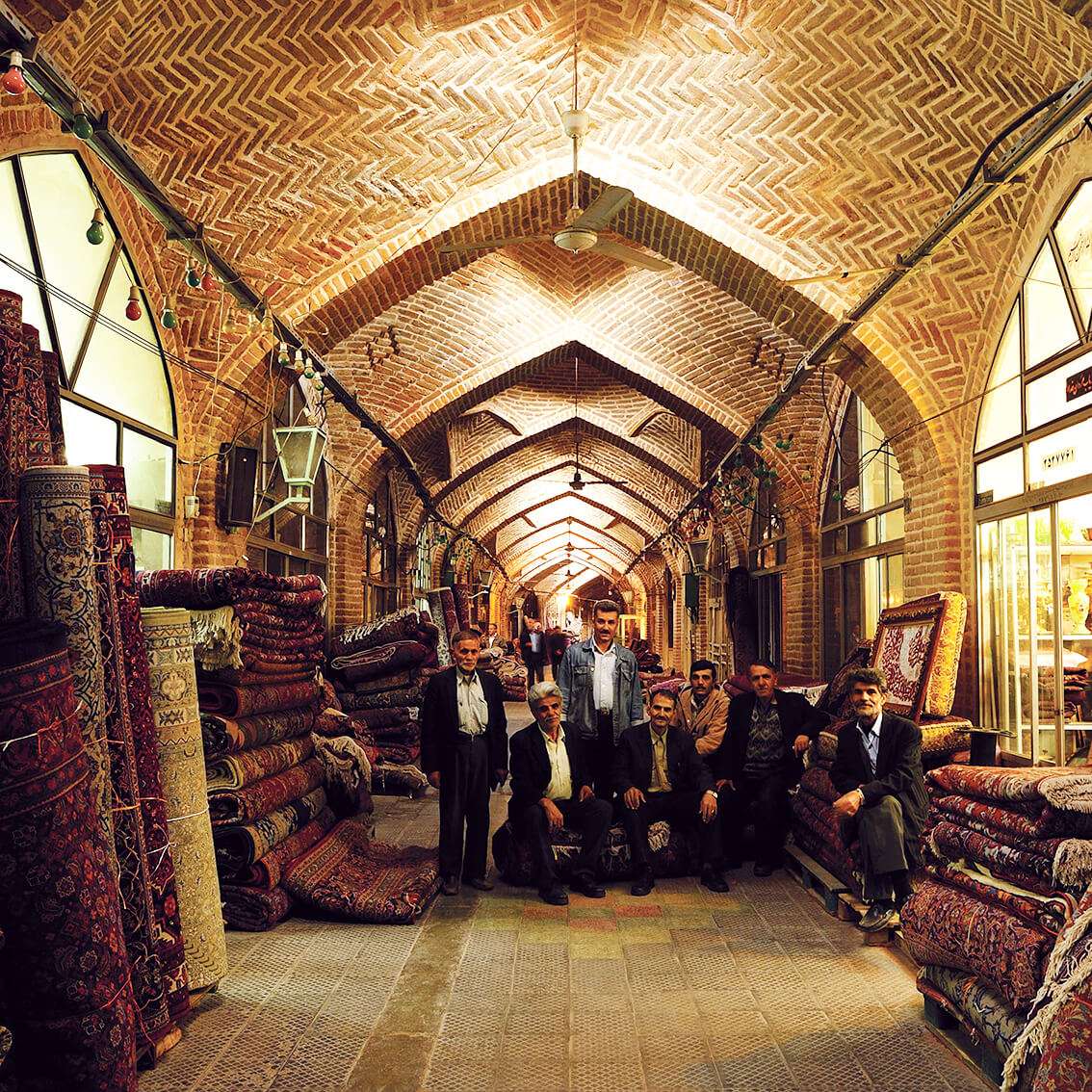
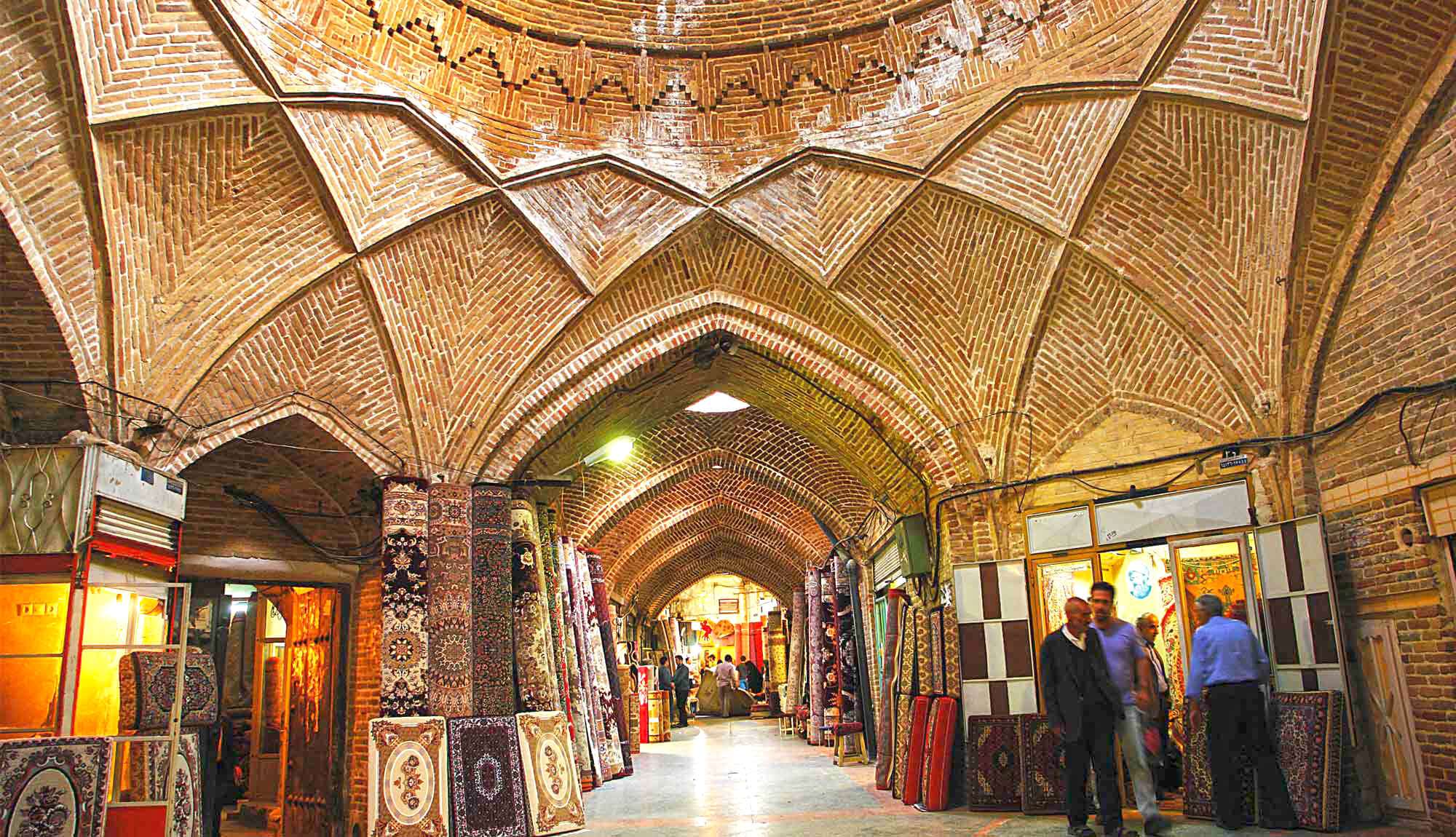

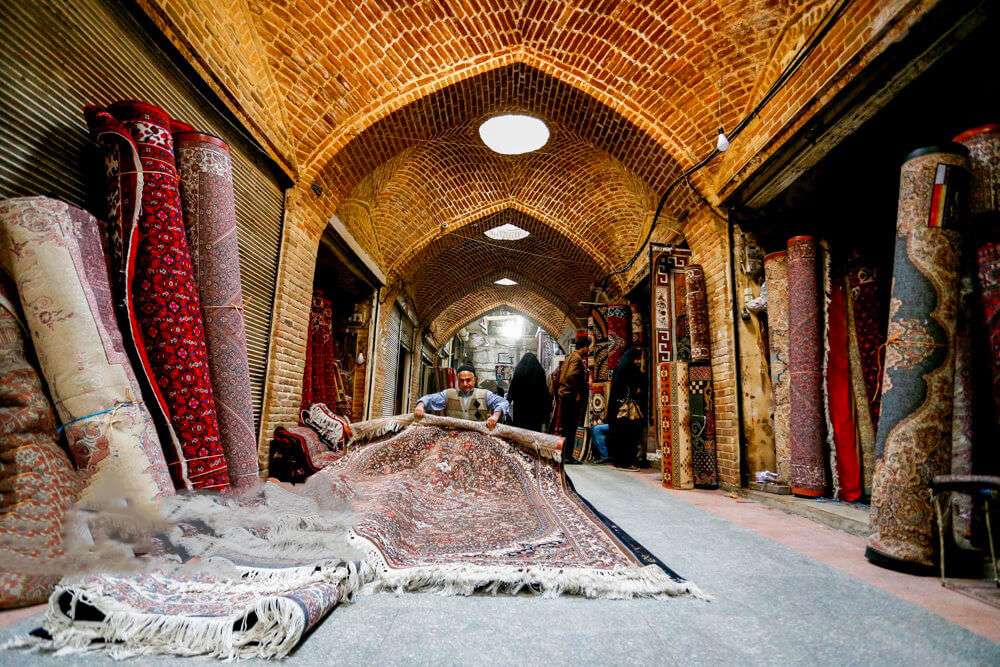
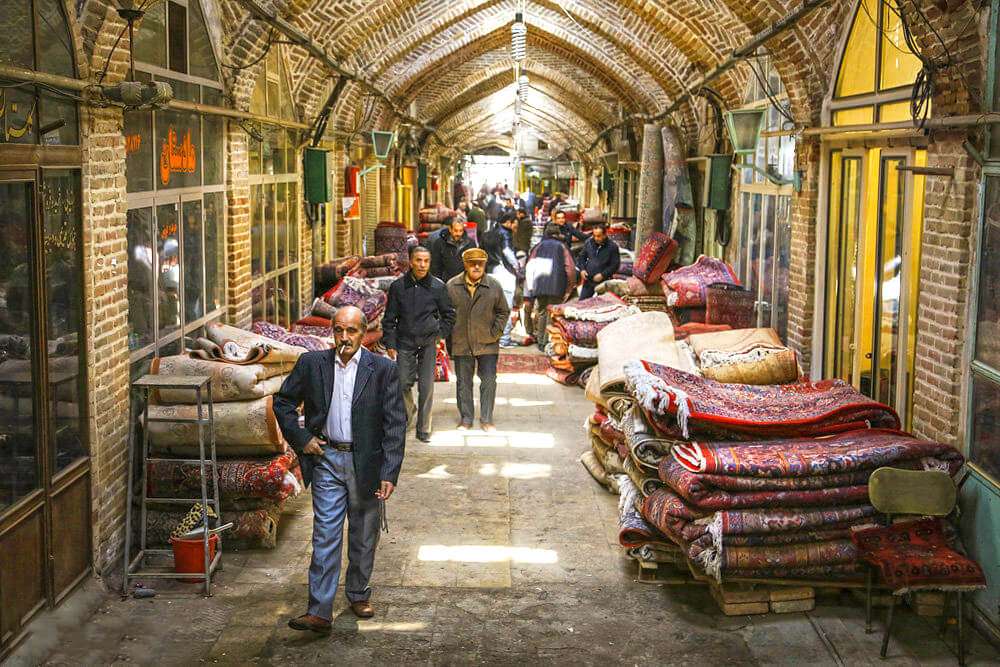
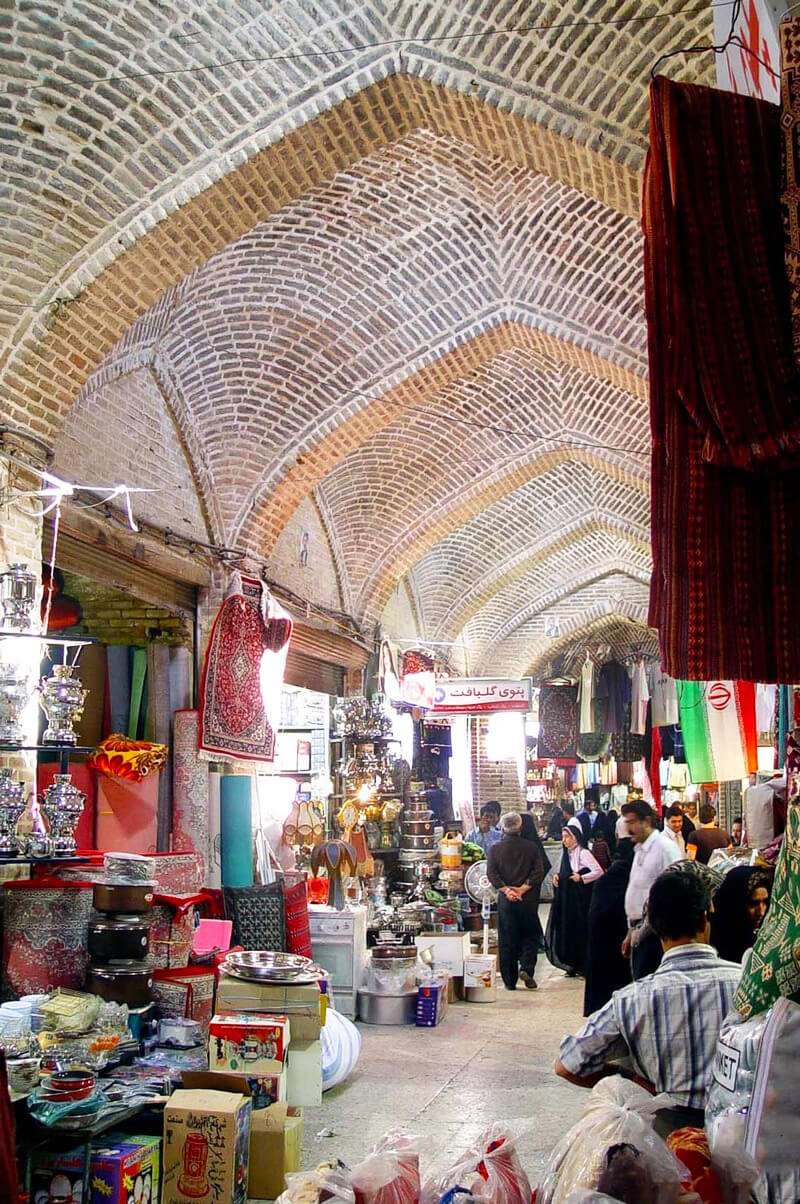
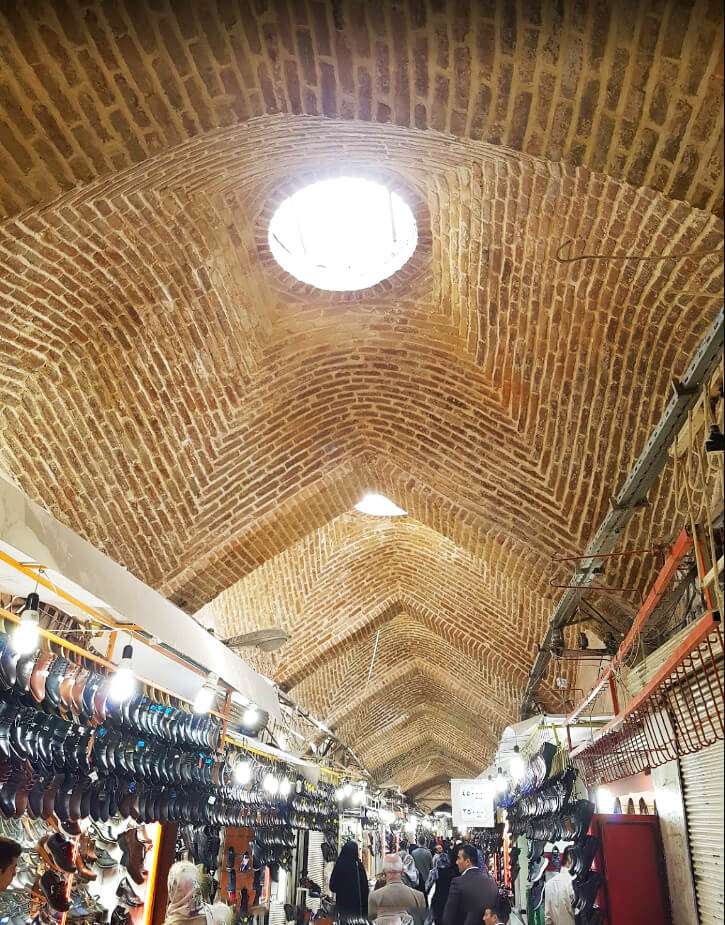
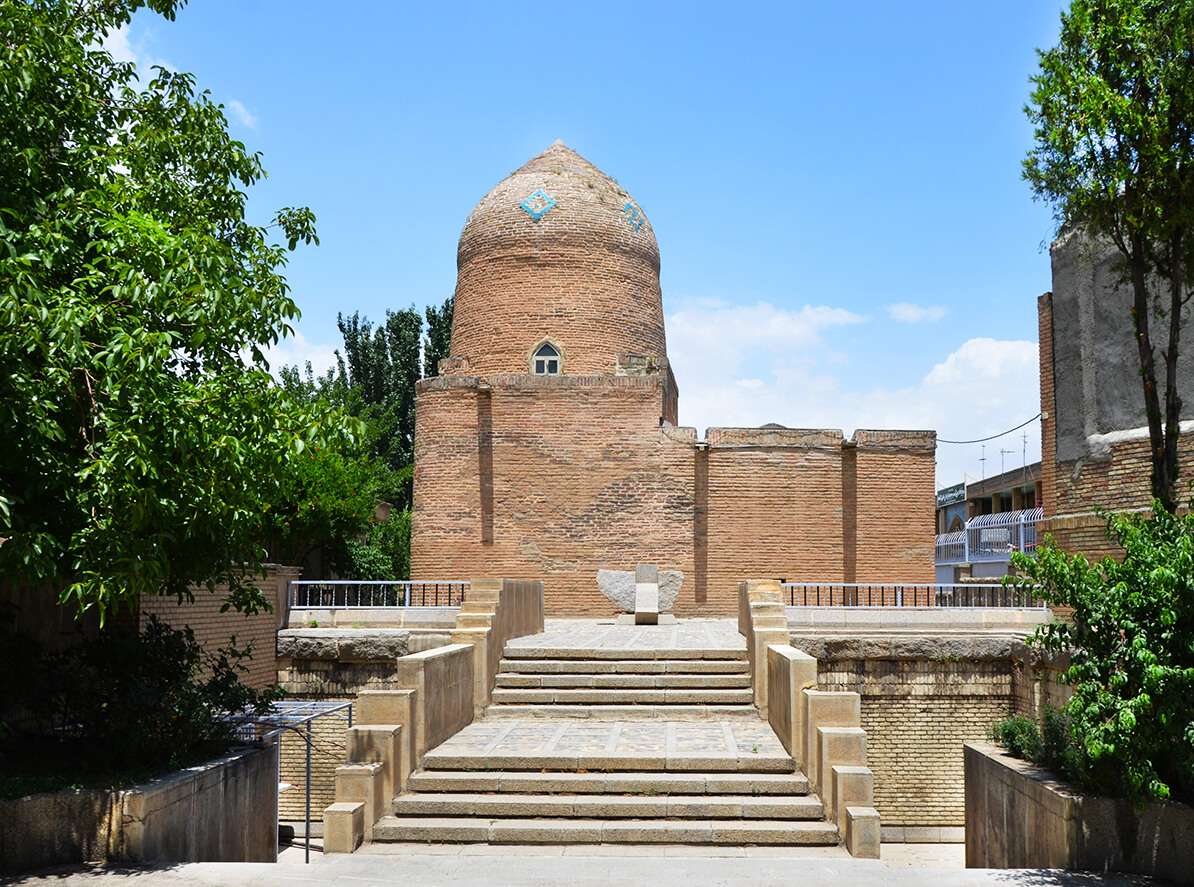
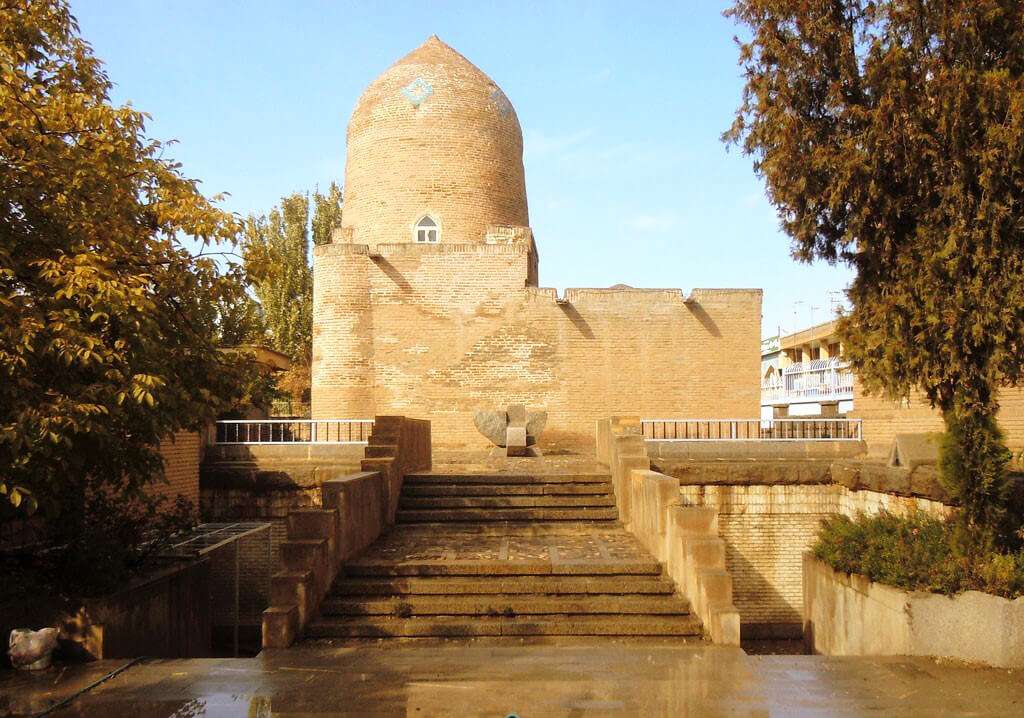
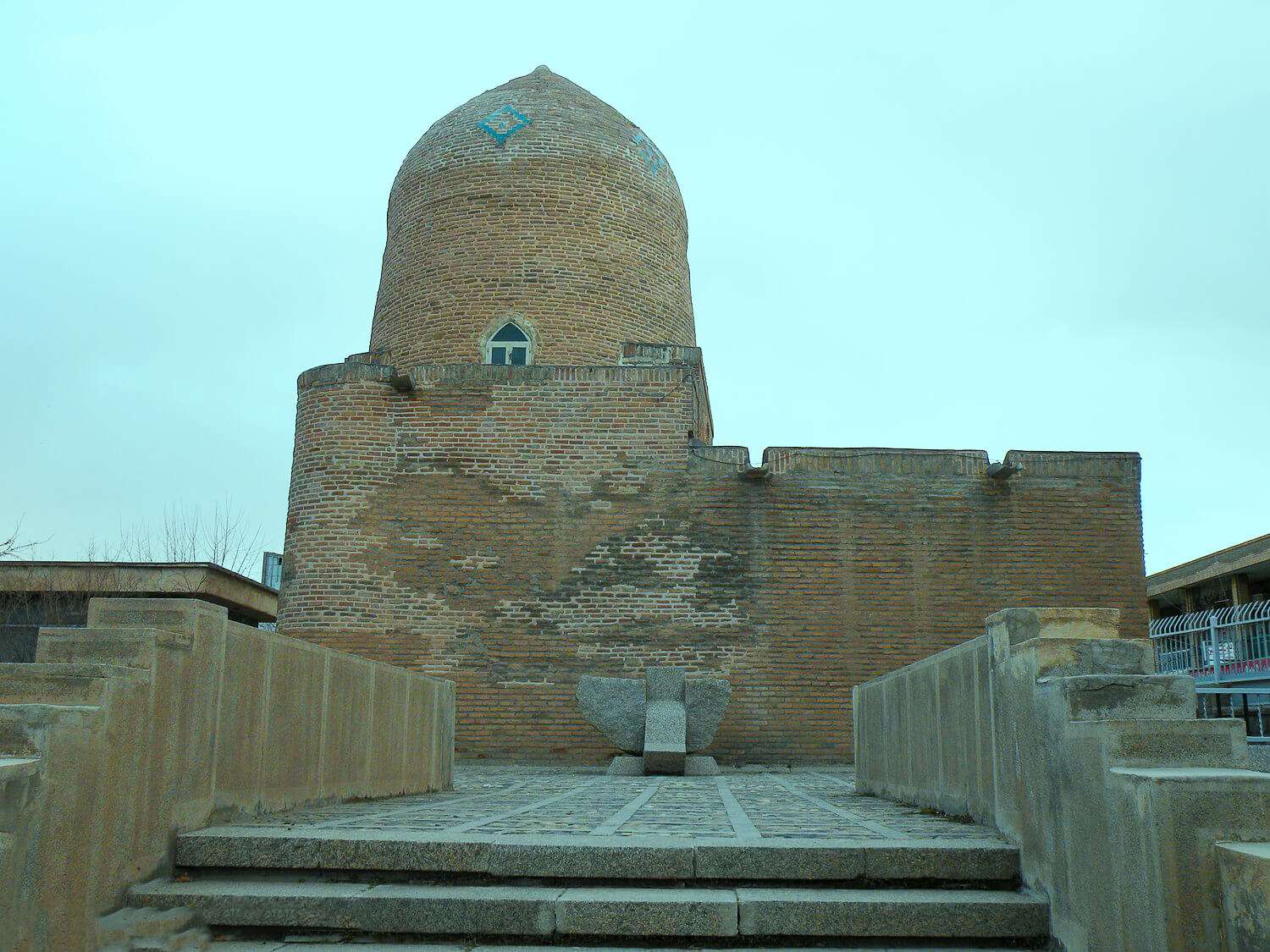
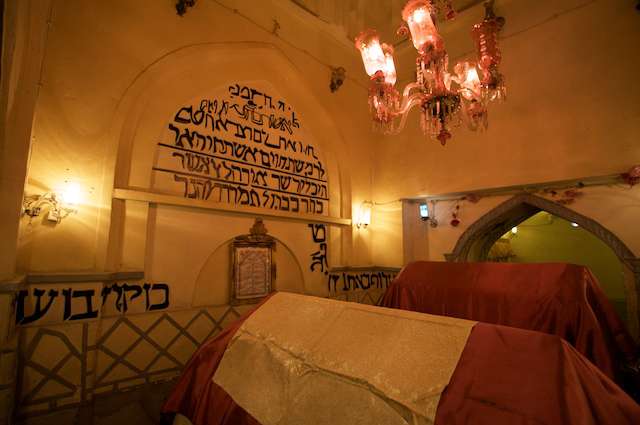
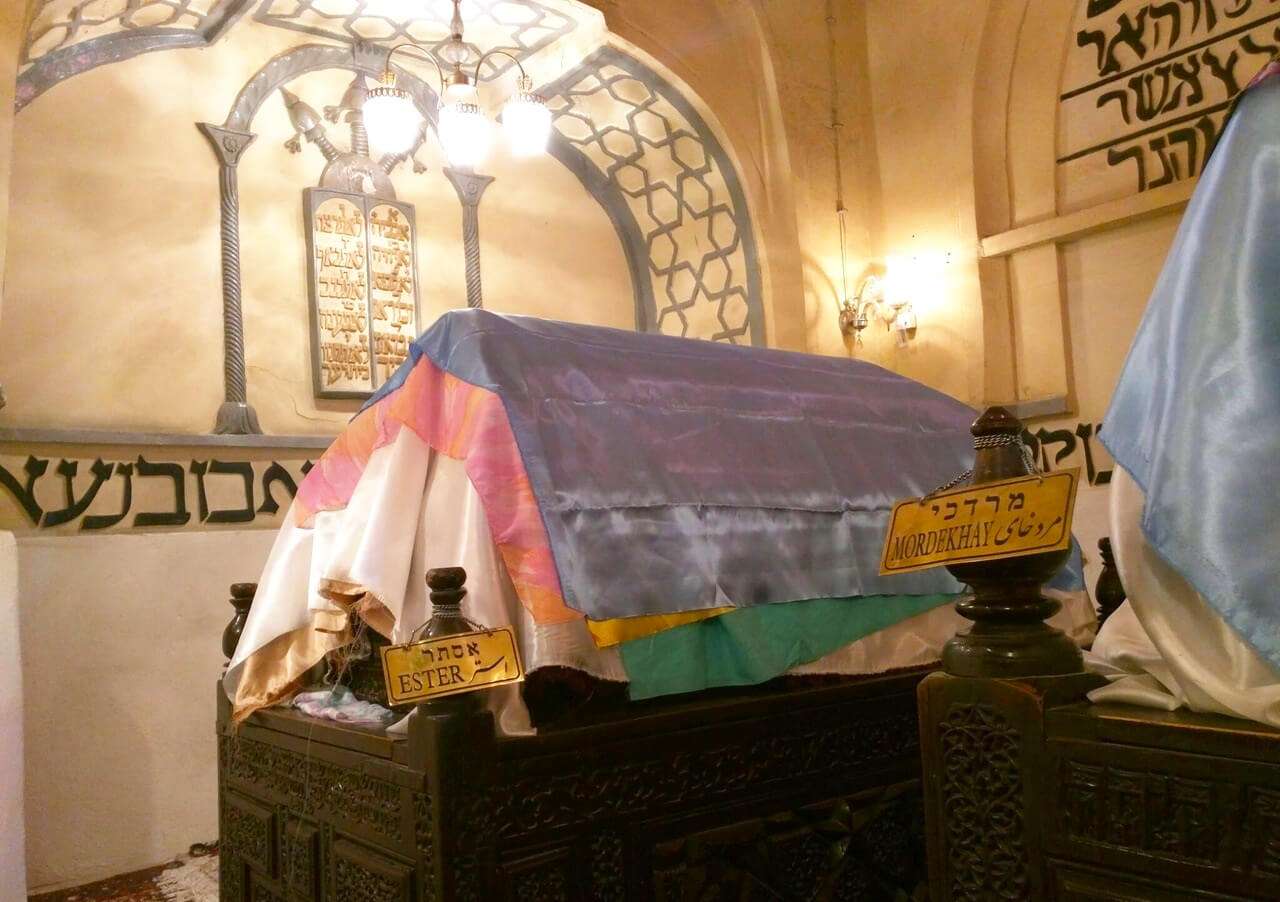
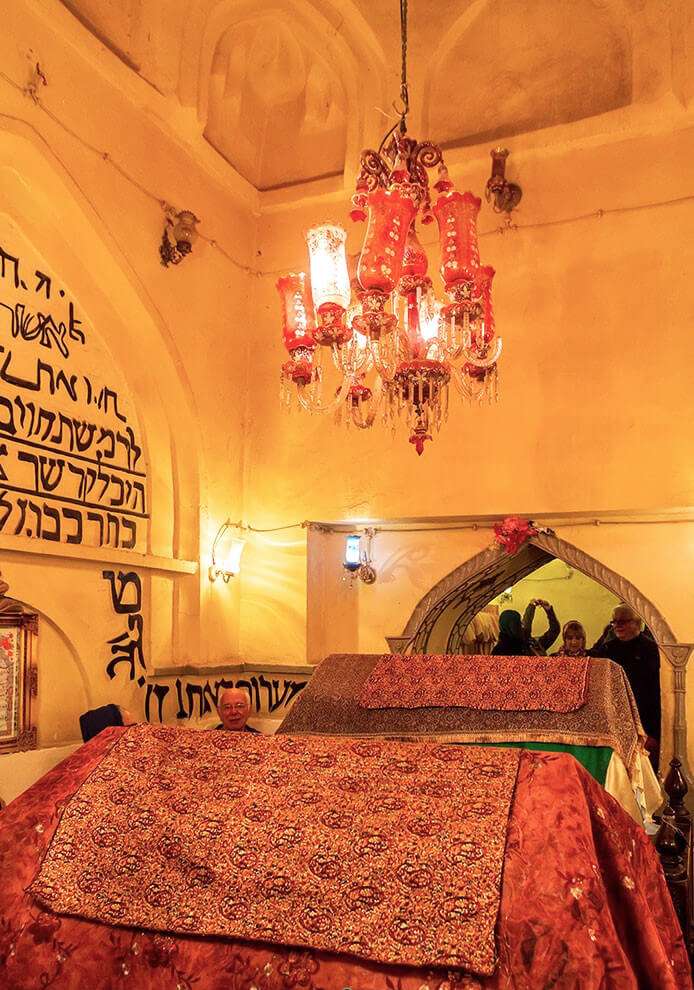
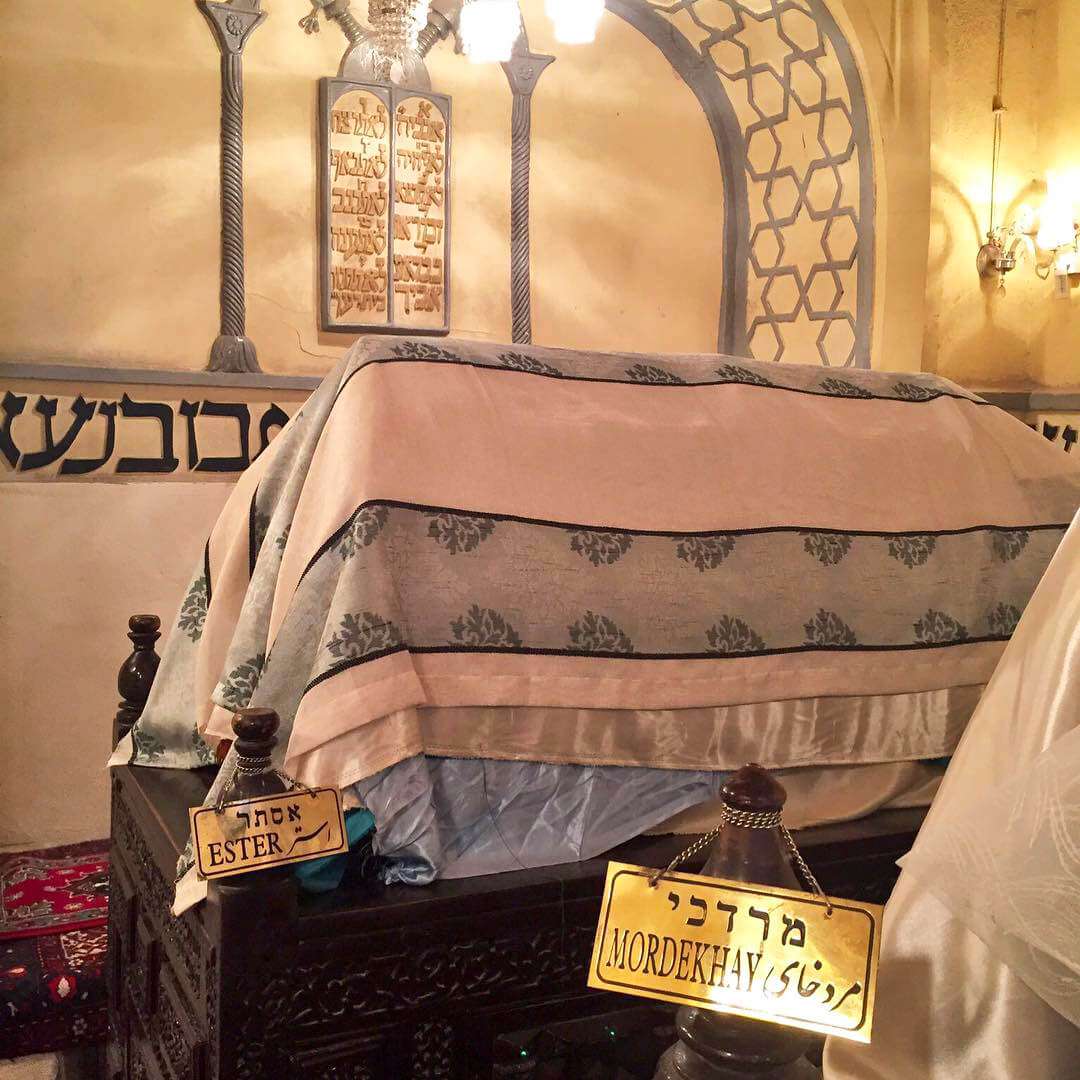

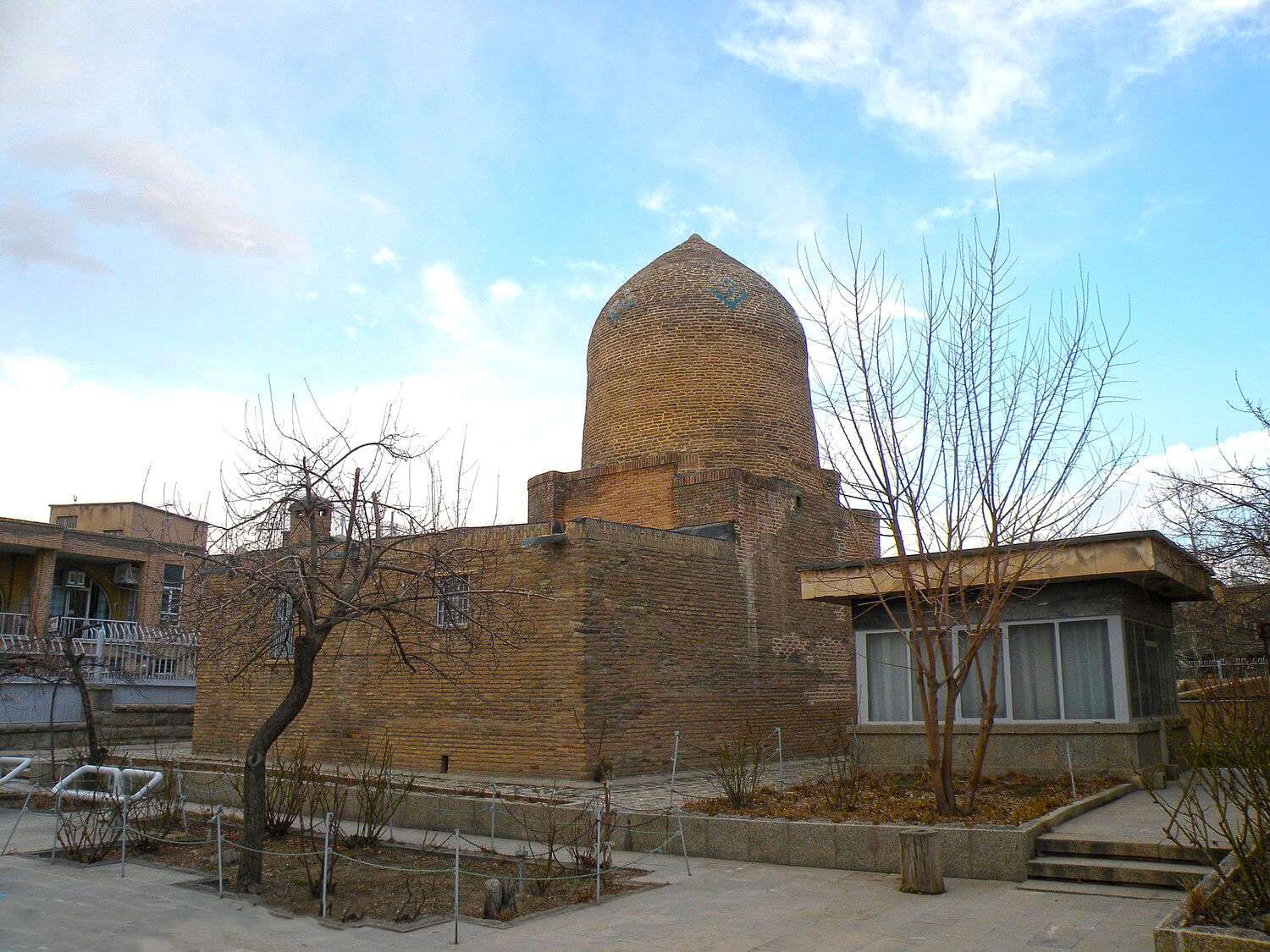
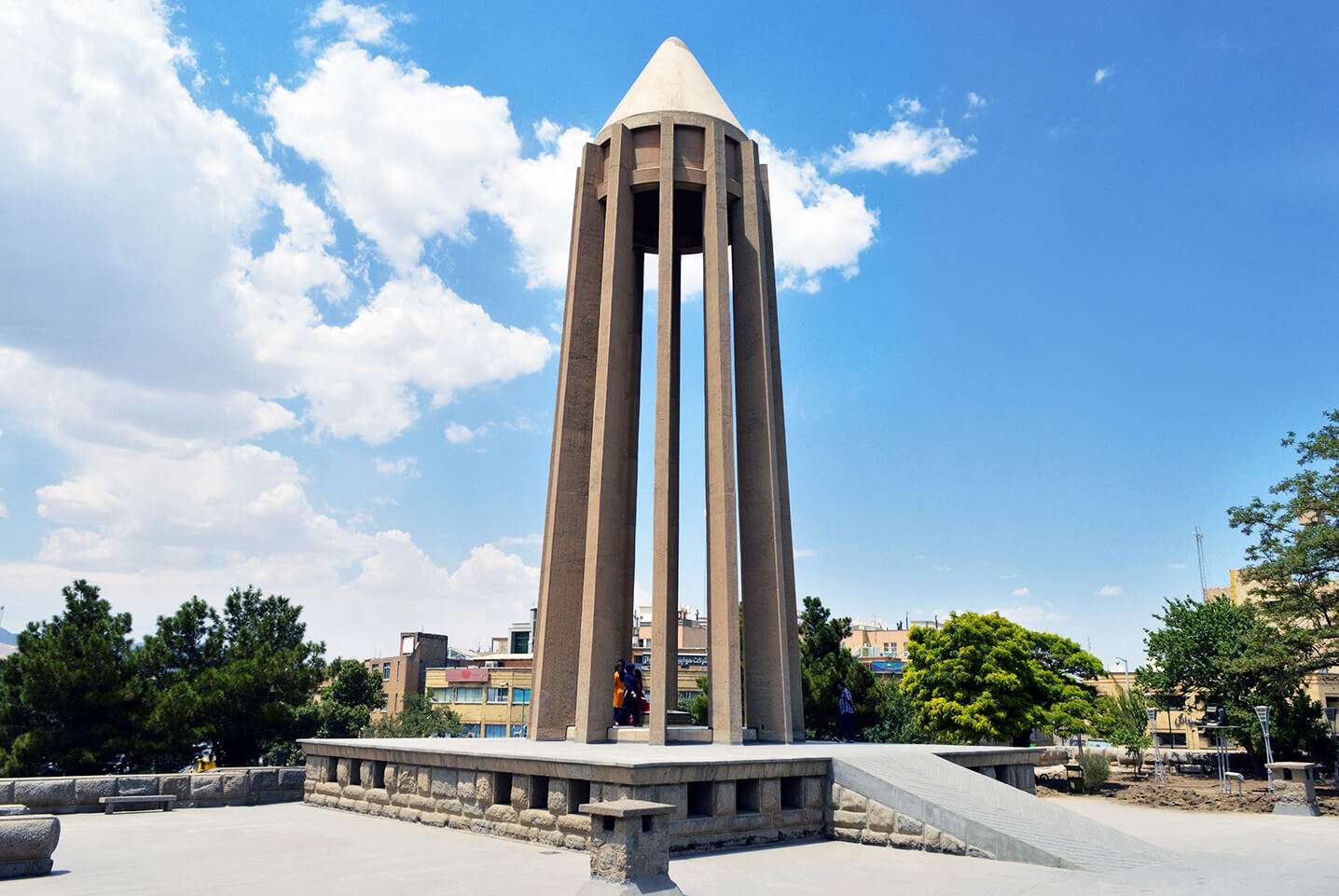
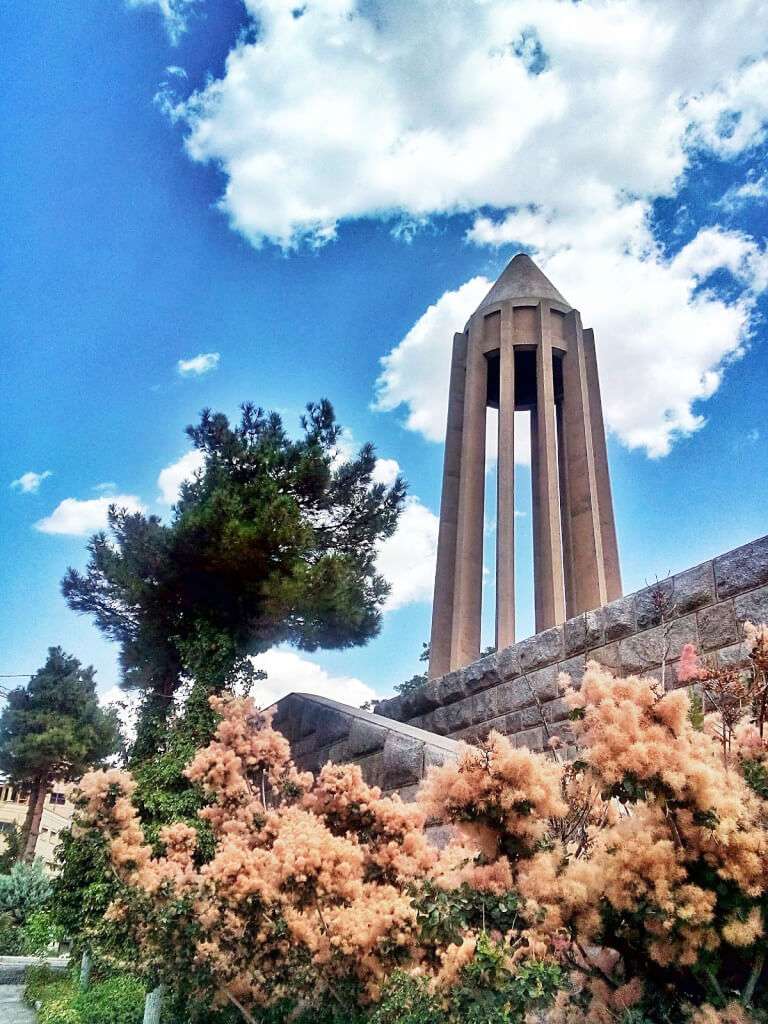
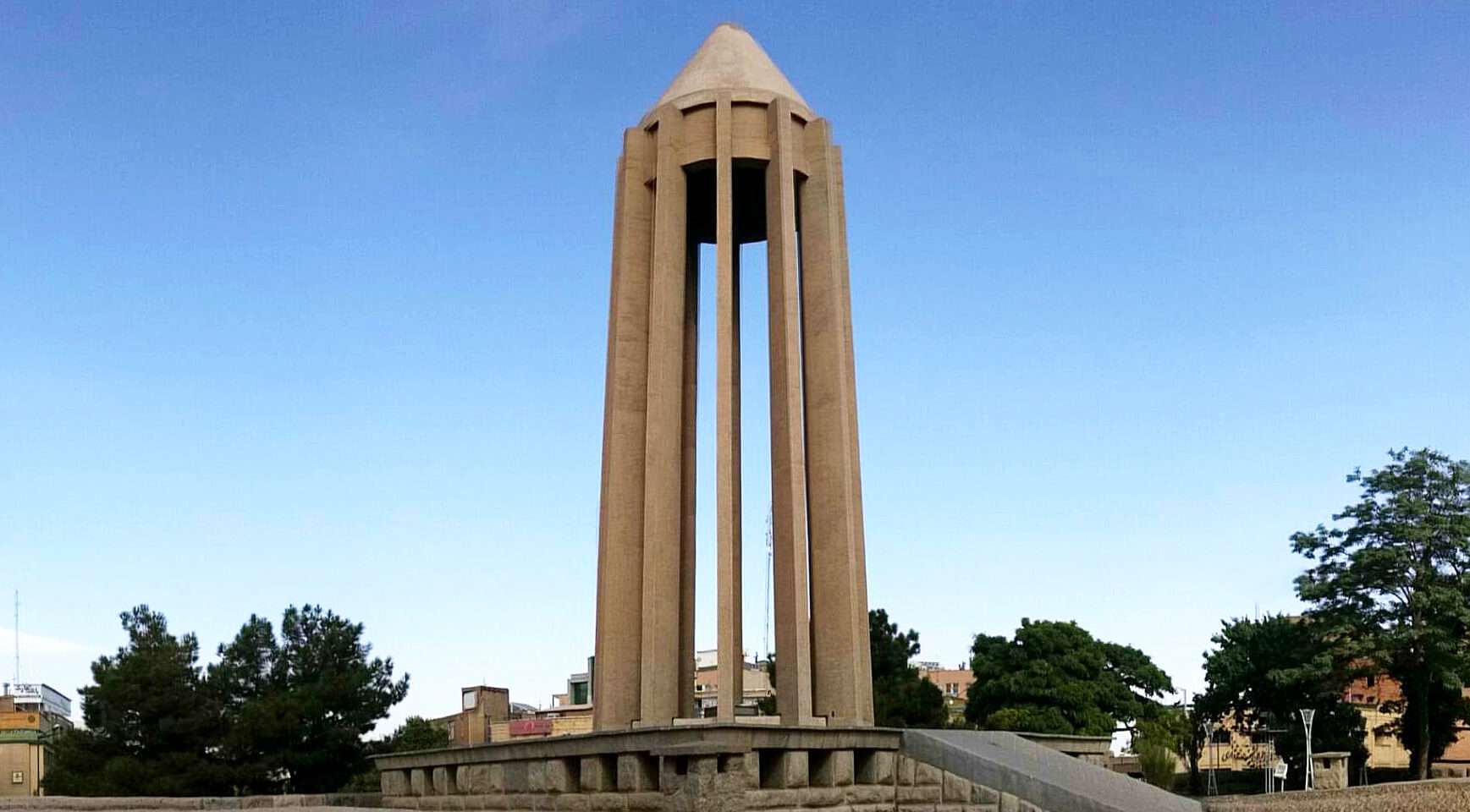
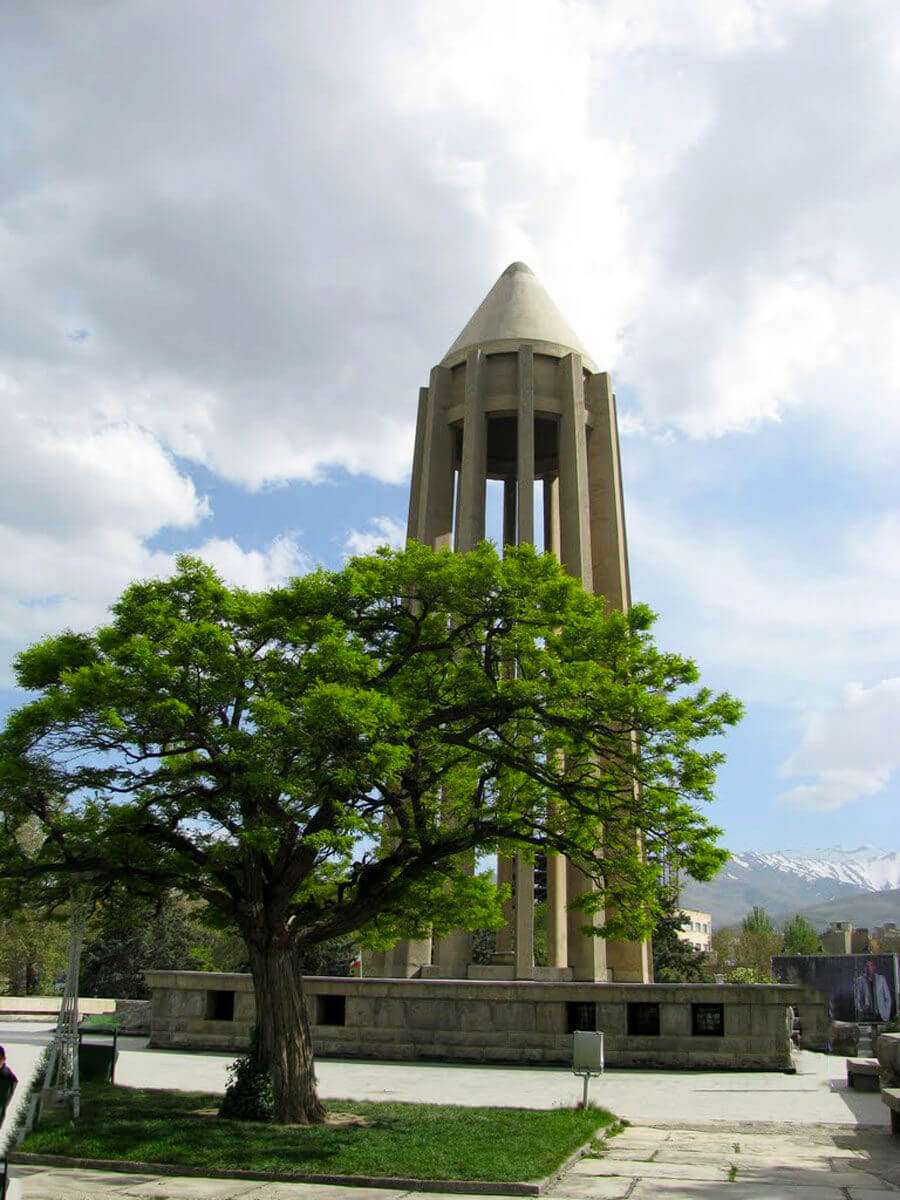
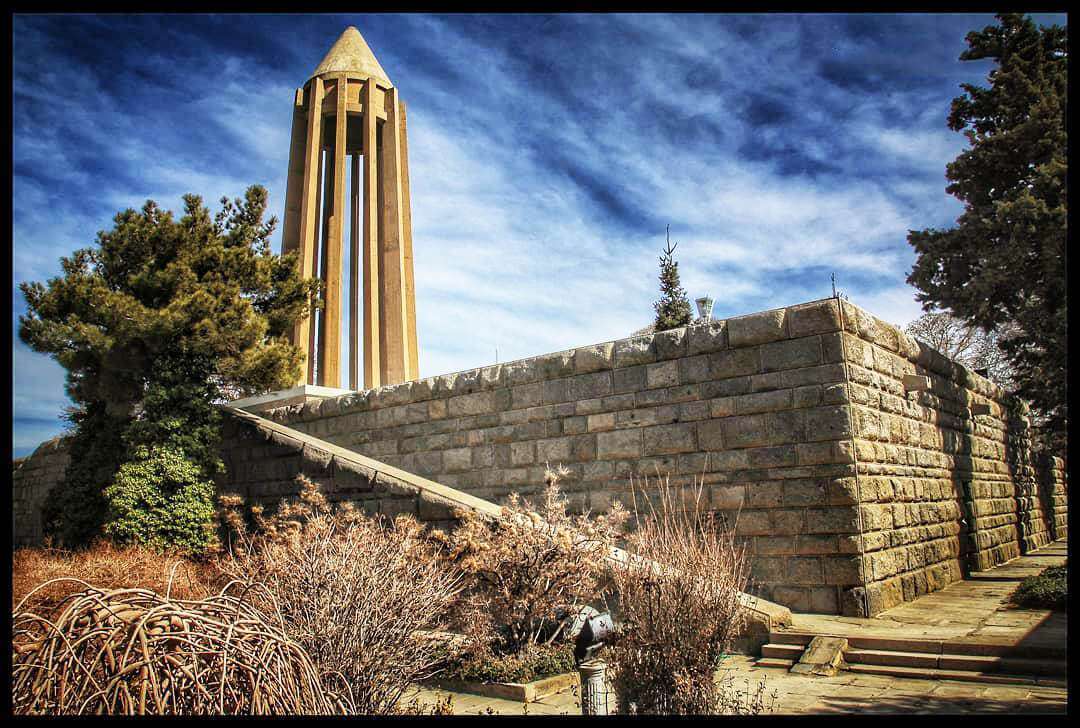
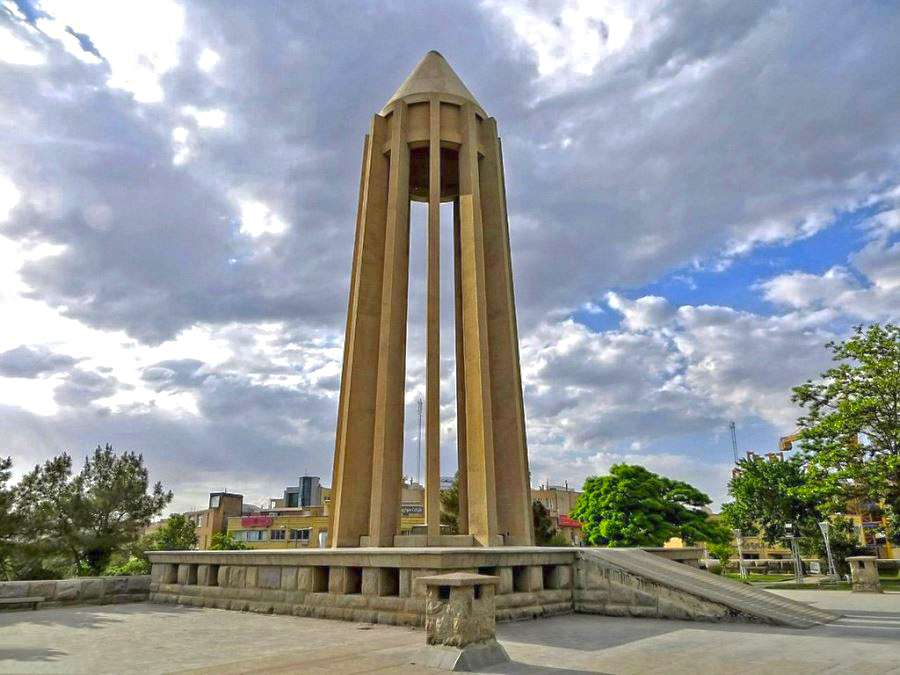
.jpeg)
.jpeg)
.jpeg)
